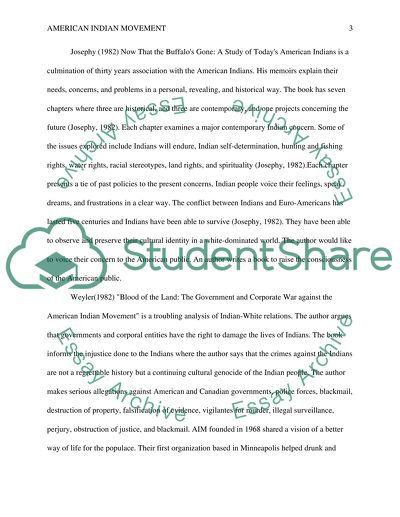Cite this document
(“American Indian Movement Research Paper Example | Topics and Well Written Essays - 1500 words”, n.d.)
American Indian Movement Research Paper Example | Topics and Well Written Essays - 1500 words. Retrieved from https://studentshare.org/miscellaneous/1664771-american-indian-movement
American Indian Movement Research Paper Example | Topics and Well Written Essays - 1500 words. Retrieved from https://studentshare.org/miscellaneous/1664771-american-indian-movement
(American Indian Movement Research Paper Example | Topics and Well Written Essays - 1500 Words)
American Indian Movement Research Paper Example | Topics and Well Written Essays - 1500 Words. https://studentshare.org/miscellaneous/1664771-american-indian-movement.
American Indian Movement Research Paper Example | Topics and Well Written Essays - 1500 Words. https://studentshare.org/miscellaneous/1664771-american-indian-movement.
“American Indian Movement Research Paper Example | Topics and Well Written Essays - 1500 Words”, n.d. https://studentshare.org/miscellaneous/1664771-american-indian-movement.


